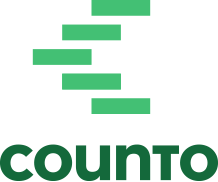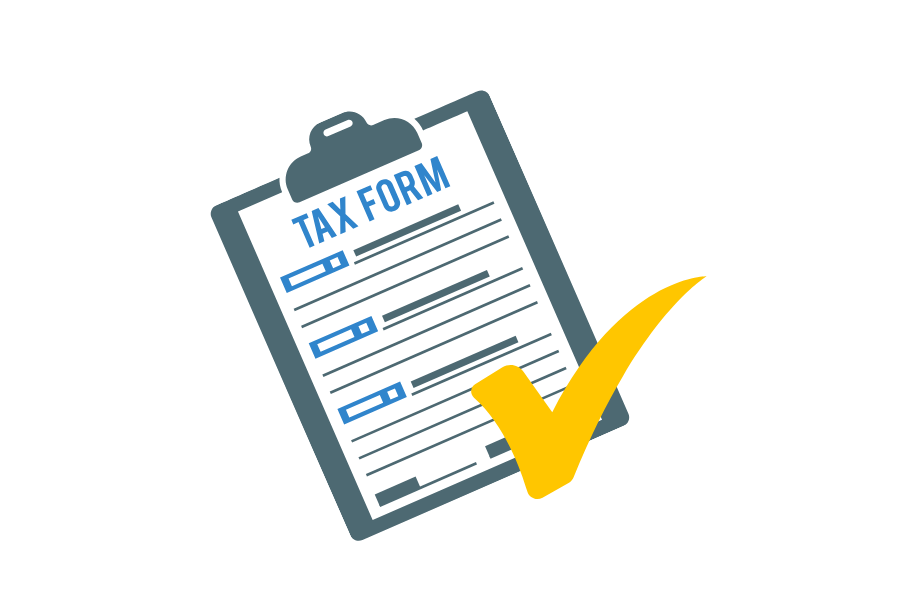What Are Financial Statements for US Small Businesses?
Every US small business, regardless of its size, needs a clear way to measure its financial health. That’s where financial statements come in. These documents provide a comprehensive overview of your company’s performance and financial position, acting as essential tools for both internal decision-making and external stakeholders like investors and lenders. Understanding these financial statements is a key step toward successful financial management for any US small business. Professional accounting services in the US can help you navigate this process.
This guide will break down the three core financial statements for any US business.
1. The Three Core Financial Statements
These three statements work together to give a complete picture of your company’s finances.
The Income Statement (or Profit and Loss)
The income statement is a report that shows your business’s financial performance over a specific period, such as a month, quarter, or year. It is designed to answer one crucial question for any US small business: Is my business profitable?
What it shows:
- Revenue: The total amount of money your business earned from sales of goods or services.
- Expenses: All costs incurred to operate the business, including salaries, rent, marketing, and utilities.
- Net Income: The final profit or loss after all expenses have been subtracted from revenue. This is often referred to as the “bottom line.”
The Balance Sheet
Unlike the income statement, the balance sheet provides a snapshot of your business’s financial position at a single point in time. It is built on the fundamental accounting equation:
Assets = Liabilities + Owner’s Equity
What it shows:
- Assets: Everything your business owns that has value, such as cash, accounts receivable (money owed to you), inventory, equipment, and property.
- Liabilities: Everything your business owes to others, including accounts payable (unpaid bills), loans, and mortgages.
- Owner’s Equity: The residual value of the business for the owners—the value of the assets minus the liabilities.
The Statement of Cash Flows
While the income statement shows profitability, the statement of cash flows reveals something equally important: your business’s liquidity. This report tracks all the cash entering and leaving your business over a specific period.
What it shows:
- Cash Flow from Operating Activities: Cash generated from the day-to-day business operations.
- Cash Flow from Investing Activities: Cash used for or generated from the purchase and sale of long-term assets, such as equipment or property.
- Cash Flow from Financing Activities: Cash generated from or used for borrowing, repaying loans, or issuing stock.
✅ Your books should work as fast as you do. Get real-time insights, automated reports, and expert guidance—all in one place. Experience live accounting here.
2. Why Financial Statements Matter for Your US Business
Financial statements are far more than just compliance documents. They are powerful tools for making informed decisions.
- For Business Owners: They help you identify trends, manage cash flow, and set budgets. For instance, a decline in cash flow from operations, even with a profitable income statement, could signal a problem with collecting payments from customers.
- For Lenders and Investors: Banks and investors use these statements to assess your US small business’s creditworthiness and financial health before extending a loan or making an investment. They want to see consistent profitability and a healthy balance sheet.
- For Tax Compliance: Accurate and well-maintained financial statements are the foundation for filing accurate federal and state tax returns in the US.
3. A Note on Accounting Methods
When preparing financial statements, businesses in the US generally use one of two accounting methods:
- Cash Basis: Income is recorded when cash is received, and expenses are recorded when cash is paid out. This is a simpler method often used by very small businesses and sole proprietorships.
- Accrual Basis: Income is recorded when it is earned (e.g., when an invoice is sent), and expenses are recorded when they are incurred, regardless of when cash changes hands. This method provides a more accurate long-term view of a business’s performance and is required by Generally Accepted Accounting Principles (GAAP) for most businesses.
Summary
Understanding your business’s financial statements is crucial for success. The income statement, balance sheet, and statement of cash flows each provide a unique and essential perspective on your company’s performance, from profitability to liquidity. For a US business, these documents are the language of finance, enabling you to make strategic decisions, secure funding, and ensure compliance. Professional accounting services can help you navigate these statements and turn them into a powerful asset for your business.
Your Books, Automated. Your Questions, Answered.
Manual bookkeeping eats into time you could spend growing your business. Traditional accounting services charge more but still need constant guidance. There’s a better way.
Counto’s modern accounting solution combines AI that learns your business with expert human oversight. Once our system understands your patterns, it handles daily bookkeeping automatically. Professional accountants review everything for accuracy, and you get instant access to your dedicated Customer Success Manager via SMS or phone—no more waiting for answers about your finances.
Join forward-thinking businesses who’ve upgraded to intelligent accounting that adapts to you, not the other way around. Ready for accounting that actually gets your business? Chat with us now, email [email protected], or use our contact form.
Here are some articles you might find helpful
PEO Requirement Hawaii Small Business
PEO Guide Hawaii Small Business
Best Structure Online US Business







